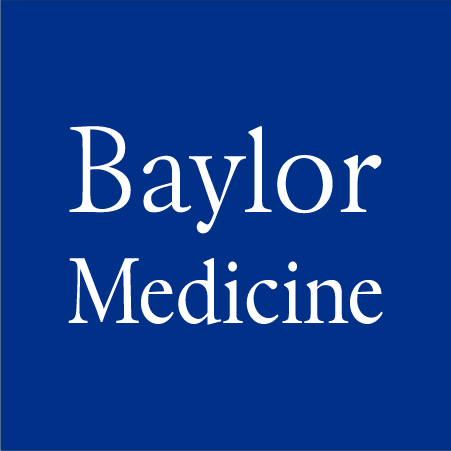Language
English
Publication Date
8-1-2023
Journal
National Science Review
DOI
10.1093/nsr/nwad167
PMID
37575948
PMCID
PMC10416816
PubMedCentral® Posted Date
6-2-2023
PubMedCentral® Full Text Version
Post-print
Abstract
Normal adjacent tissues (NATs) of hepatocellular carcinoma (HCC) differ from healthy liver tissues and their heterogeneity may contain biological information associated with disease occurrence and clinical outcome that has yet to be fully evaluated at the proteomic level. This study provides a detailed description of the heterogeneity of NATs and the differences between NATs and healthy livers and revealed that molecular features of tumor subgroups in HCC were partially reflected in their respective NATs. Proteomic data classified HCC NATs into two subtypes (Subtypes 1 and 2), and Subtype 2 was associated with poor prognosis and high-risk recurrence. The pathway and immune features of these two subtypes were characterized. Proteomic differences between the two NAT subtypes and healthy liver tissues were further investigated using data-independent acquisition mass spectrometry, revealing the early molecular alterations associated with the progression from healthy livers to NATs. This study provides a high-quality resource for HCC researchers and clinicians and may significantly expand the knowledge of tumor NATs to eventually benefit clinical practice.
Keywords
proteomics, hepatocellular carcinoma, normal tissue adjacent to tumor, heterogeneity
Published Open-Access
yes
Recommended Citation
Zhu, Hongwen; Lin, Youpei; Lu, Dayun; et al., "Proteomics of Adjacent-to-Tumor Samples Uncovers Clinically Relevant Biological Events in Hepatocellular Carcinoma" (2023). Faculty and Staff Publications. 2328.
https://digitalcommons.library.tmc.edu/baylor_docs/2328
Included in
Biological Phenomena, Cell Phenomena, and Immunity Commons, Biomedical Informatics Commons, Genetics and Genomics Commons, Medical Genetics Commons, Medical Molecular Biology Commons, Oncology Commons


